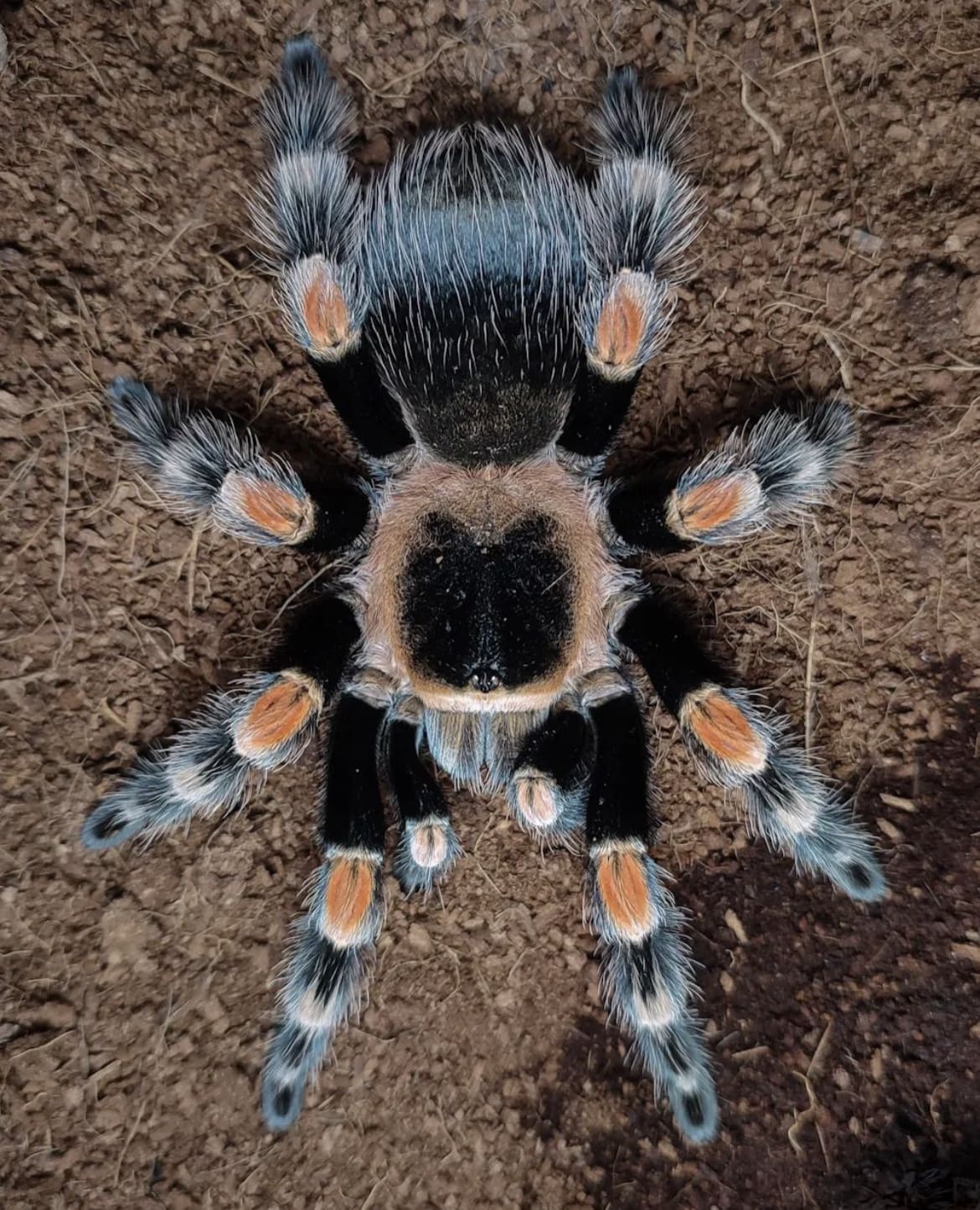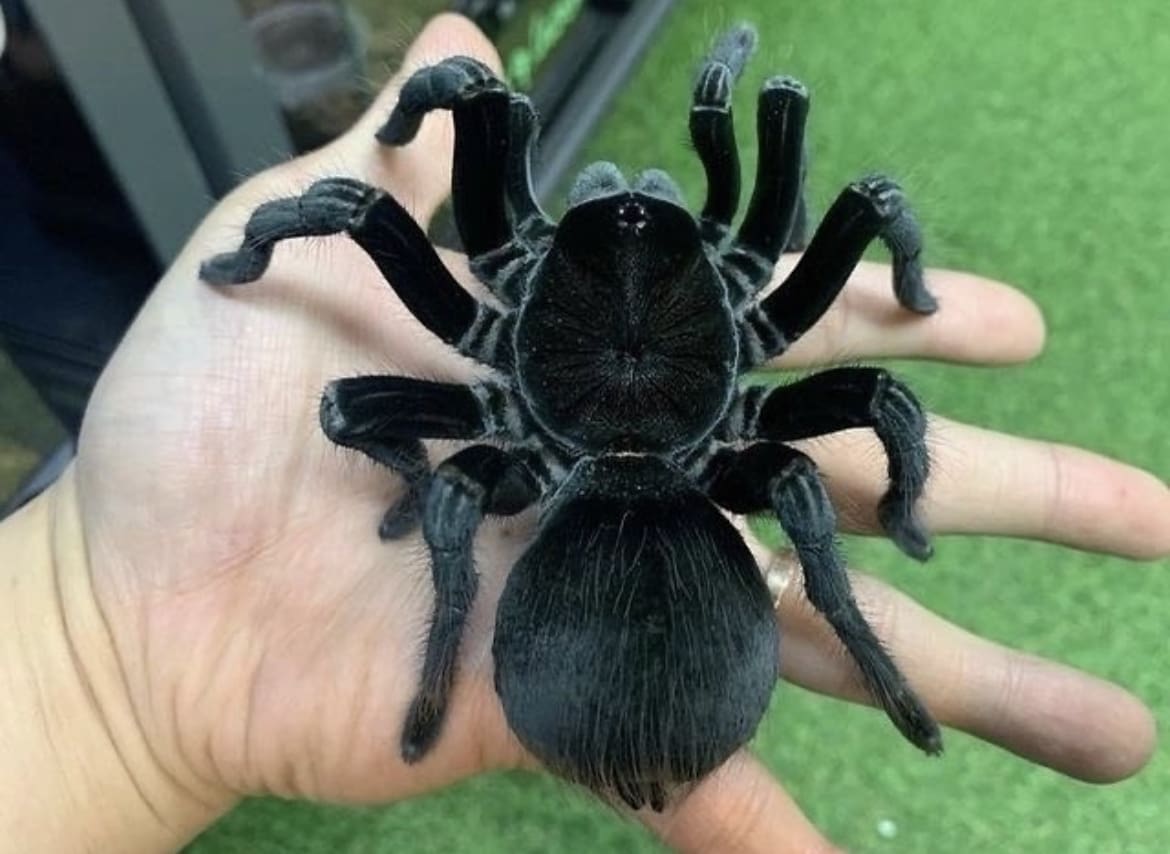[social_warfare]
When a Tarantula’s Web Tangled in Trade: How the Unregulated Market is Threatening Arachnid Populations
In the shadowy corners of the internet, a world of spiders and scorpions is being bought and sold with little oversight, leaving conservationists deeply concerned.
A new study uncovers a sprawling, poorly regulated global network of arachnid commerce, threatening rare and endangered species with oblivion. It’s a startling revelation that should have us all thinking twice about the eight-legged creatures we casually purchase as pets.
The Scope of the Problem
Researchers uncovered thousands of arachnid species sold across various websites, a significant portion believed to be sourced from the wild.
“The idea of sustainable trades as a concept is kind of laughable without better data,” remarked Benjamin Marshall, a Ph.D. researcher from the University of Stirling. Marshall, who co-authored the study, emphasized the need for urgent action: only 29 species are currently protected under international treaties like CITES (the Convention on International Trade in Endangered Species of Wild Fauna and Flora).
As it stands, 1,264 species of spiders, scorpions, and whip scorpions were identified as being traded online—many likely snatched from their natural habitats.

The arachnid trade is a largely untamed frontier compared to the highly regulated markets for larger wildlife like elephants and rhinos.
“If insects disappeared, we humans couldn’t survive very long without them,” warned John Losey, an entomologist at Cornell University.
He praised the study, calling it “excellent” and highlighting how poorly we understand the full impact of the arachnid trade. There’s scant data about the status of these creatures in the wild, and when a new scorpion species is marketed, it’s often under an inaccurate or common name, obscuring their origins even further.
Without reliable information on populations, it’s impossible to gauge the impact of harvesting spiders and scorpions from the wild for the pet trade. Marshall’s research uncovered a wide assortment of mislabeled and possibly undescribed species being traded.
Worse, this web of misinformation hides what could be a significant threat to biodiversity. Unlike big-game poaching, where ivory trafficking has stringent monitoring, arachnid poaching flies under the radar, putting fragile ecosystems at risk.
For pet enthusiasts, this might be a call to reconsider what a tarantula purchase really means. If you’re buying a rare jumping spider or the strikingly beautiful ornate tiger spider, you might unwittingly be contributing to species decline. “There is an assumption if you’re buying a pet that it’s come from captivity,” Marshall points out. But if it’s caught from the wild, that collection could jeopardize the species itself.

With millions of spiders and scorpions being traded globally, there needs to be more comprehensive data collection, proper labeling practices, and international cooperation to protect these vital yet vulnerable creatures. “We don’t have enough information on arachnid populations or this global network of trade to know how big a problem it might really be,” Marshall concludes.
Despite their diminutive size, these creatures are critical players in our ecosystems. They pollinate, control pests, and decompose organic matter, keeping the delicate balance of nature in check. The emerging picture of arachnid trade is one of high demand and low regulation, where poorly understood populations are siphoned off from their native homes. As the internet fuels this demand, we must push for better data collection and regulations to prevent the silent extinction of these remarkable creatures.

